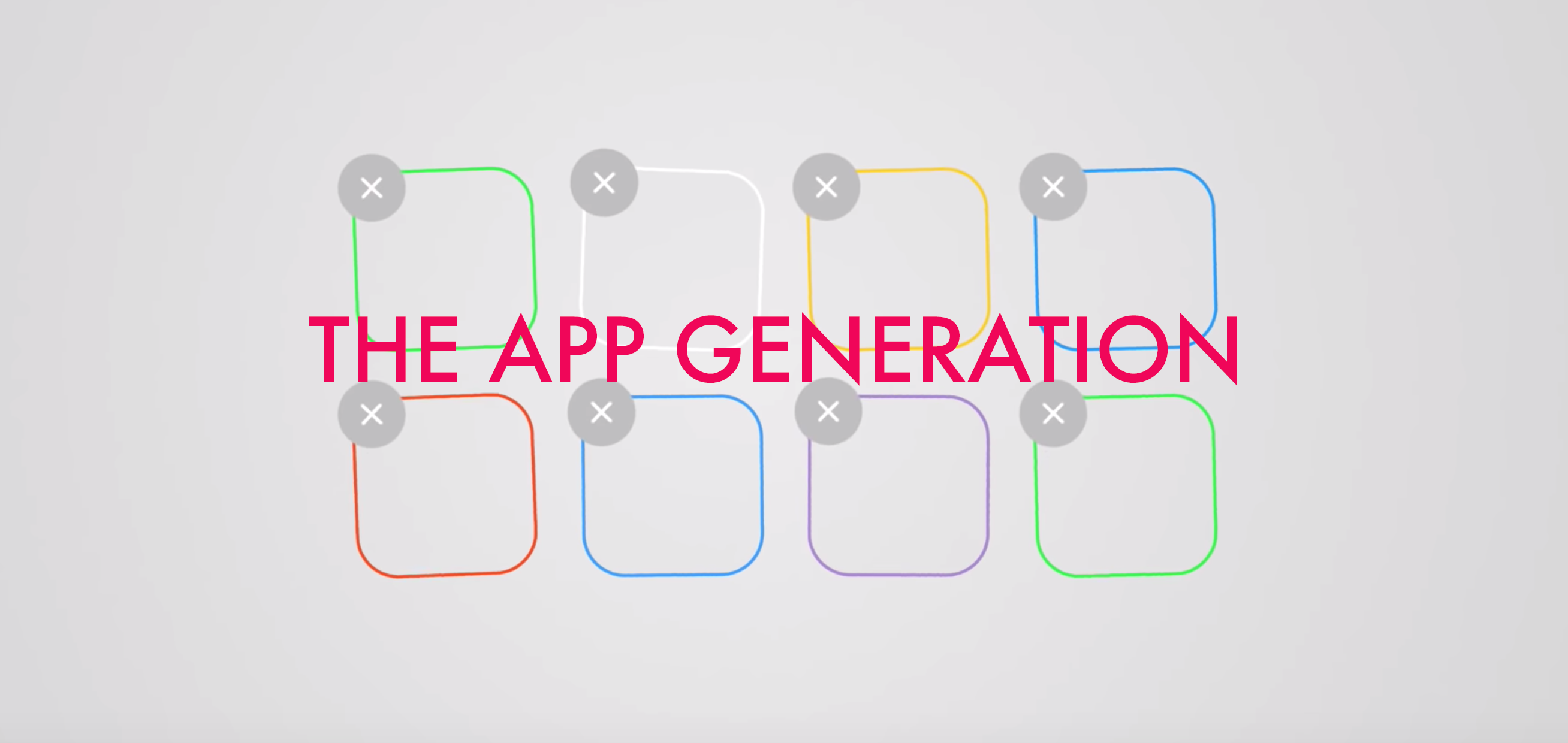Data Analytics for the App Generation
We live in the age of apps — and therefore, the age of data. This presents us with an unparalleled opportunity for data analytics, as well as an unparalleled challenge! Here's how to not get left behind.

Everything we do today, we do through apps.
We order food through FoodPanda, transportation through Uber, vacation stays through Airbnb, and restaurant bookings through OpenTable. When you wake up each morning, it's highly likely that the first thing you reach for is ... an app.
The app-first era we live in has given us an unparalleled opportunity. So many of our customers's activities are now captured digitally. As business owners, we can learn so much about their preferences from their digital actions, in order to serve them better.
But this opportunity comes with an equally big challenge. There's simply too much data generated by these activities.
While BI has been around for 60 years, the real power of data can only be unlocked by companies with huge resources. Even companies with existing BI capabilities struggle to compete in today's app economy, as their data is locked up in silos — multiple tools that are glued together — which adds communication overheads to their team.
The Winners and Losers of the App Era
To understand this concretely, it helps to take a look at the winners and losers of this data-rich era.
Some companies are thriving in the age of apps:
- Amazon has built rich BI tools (some of which are publicly available), and are able to dynamically price goods in its store. This means it continually exerts pricing pressure on its competitors.
- Airbnb built internal BI tools (one of which is publicly available) in order to onboard new properties and verify new users at scale. On the marketplace side of things, Airbnb is able to dynamically price and sort listings, in order to increase customer satisfaction.
- Lyft built its own data discovery and metadata management engine, in order to enable its operations people to get the data they need. This way, they don't bottleneck on a data team.
- Asana has built its own internal BI tools, designed to deliver insights to as many managers in their organisation as possible.
On the flip side of this, other companies are falling behind:
- Walmart is unable to keep up with Amazon's dynamism.
- The old hotel chains are being disrupted from the bottom by Airbnb, and from the top by the travel aggregators.
- Taxi companies aren't able to do supply-demand matching in various locations and are being outcompeted by Uber, Lyft and Grab.
- And the project management software space has become so competitive that older incumbents like Jira are fighting to keep up.
What is common among these data-driven, operationally savvy app generation companies?
- First, their tools empower managers at the edges. Instead of relying on a central data team to crunch numbers and hand reports over to business leaders, they have teams that build those tools so business people can get the numbers they need and generate the reports they want by themselves, whenever they want. This is a very different take on a typical data team's role.
- Their tools are self-serve from the start — that is, they are designed to be used by non-technical people in any part of the organisation.
- Their tools are built for governance. With decentralised access to insights, teams need to guard access to their data, be compliant with local regulations, and track metadata — the knowledge around their data. There is also more risk that metric definitions are misunderstood (what is revenue and how is it calculated?) when people communicate across different departments of the company.
It's no accident that these companies have built their own tools. The old way of doing BI — data teams using silo-ed data tools, serving business users — is simply too slow for this new world!
The truth is that in order to compete in this app generation, you'll need a BI approach that:
- Empowers your users. You shouldn't be always waiting on an analyst in a data team to give you the numbers you need.
- Is truly self-service. Dashboards for every operational team is a start, but the best companies in the new digital economy give their teams the ability to ask ad-hoc questions of their data, without access to a technically savvy employee.
- Is secure. With great decentralisation comes great governance challenges. You'll need to be able to track access to data across your entire organisation, and you need to ensure that you're fully compliant with local regulations. This should — ideally — be built into your tools for you, so that you never have to worry about it explicitly.
The bad news is that the vast majority of BI tools aren't built around these principles. If they were, companies like Amazon, Airbnb, and Lyft wouldn't need to build custom tools for their own use.
But this is changing. This is where we come in.
The good news is that you don't have to build your own internal tools today! A new generation of BI tools are emerging — tools that are built from the ground up around these principles. Holistics is one of them.

What's happening in the BI world?
Join 30k+ people to get insights from BI practitioners around the globe. In your inbox. Every week. Learn more
No spam, ever. We respect your email privacy. Unsubscribe anytime.

